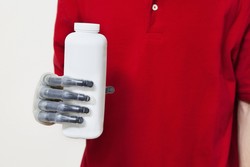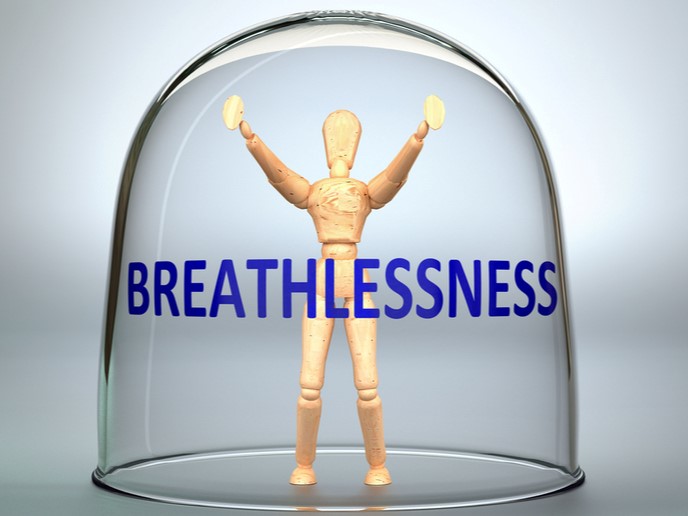Feedback control for prosthetics
When reaching for an object, sensory feedback from the muscles, joints and visual system helps the body make small corrections to reach the target accurately and quickly. Not only does this feedback help once, it changes the neural circuitry involved so that it works 'better' the next time – like learning to ride a bike. Decoding the electrical activity of skeletal muscles via electromyography (EMG) to replace or repair lost motor function with prosthetics is the basis of currently available myoelectric interfaces. Although the knowledge exists to include feedback for neuromuscular learning, it remains in the laboratory, requiring a bridge to span the gap between research and industry. The aim of the EU-funded project MYOSENS (Myoelectric interfacing with sensory-motor integration) was to build this bridge with the help of a consortium of internationally acclaimed academic and industrial partners. The initiative was the first to systematically study the effects of sensory-motor integration in two very important applications: myoelectric prosthetic control and rehabilitation of motor function in stroke patients. The concept is based on the transmission of information regarding the status of the prosthetic or rehab robot to the user. Scientists therefore developed a real-time simulation platform to design and test components of a prosthetic system. This was used to determine the feedback variables that can be measured and transmitted. Better understanding of the relative importance of the variables led to a full closed-loop prosthetic system being defined for optimal control of grasping. Industrial partners produced two rehabilitation robotic devices: the RehaArm for the upper limb and shoulder area, and Amadeo for finger and hand rehabilitation. However, neither had the capability for online acquisition and processing of multichannel EMG signals. Hence, MYOSENS' academic partners developed the necessary software, which has now been integrated into the two robotic systems. MYOSENS systematically analysed the inclusion of sensory-motor interaction in prosthetics and robotics – two key technologies for rehabilitation. The closed-loop control system framework it developed will significantly enhance the capabilities of such rehabilitation systems. This will result in major social and economic impacts in the near future, as there are currently no commercially available devices incorporating such a system. Thus, the market potential for MYOSENS is excellent and the outlook for patients is extremely promising.
Keywords
Prosthetics, neuromuscular, MYOSENS, myoelectric interfacing, sensory-motor integration, robotics







